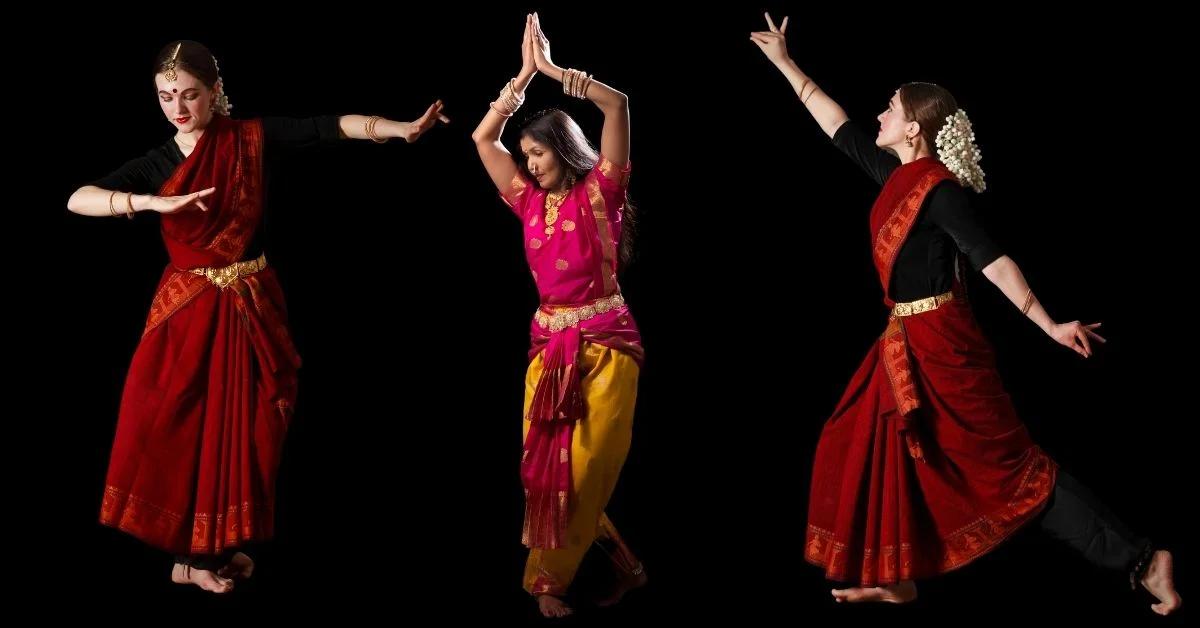Are you curious to know what is semi classical dance? You have come to the right place as I am going to tell you everything about semi classical dance in a very simple explanation. Without further discussion let’s begin to know what is semi classical dance?
Dance is a universal language that allows individuals to express emotions, tell stories, and celebrate cultural traditions. Among the various dance forms, semi-classical dance holds a unique place, blending elements of classical and folk dances. In this blog post, we will delve into the captivating world of semi-classical dance, understand its characteristics, appreciate its beauty, and explore the fusion of tradition and innovation it embodies.
What Is Semi Classical Dance?
Semi-classical dance is a genre that combines the grace and technique of classical dance forms with the expressive elements of folk dances. It is an amalgamation of classical dance styles, such as Bharatanatyam, Kathak, Odissi, or Mohiniyattam, with regional folk dances from different parts of India. This fusion creates a beautiful and dynamic dance form that showcases both traditional and contemporary elements.
Characteristics Of Semi-Classical Dance:
Semi-classical dance exhibits distinct characteristics that set it apart from pure classical or folk dances. Here are some key features of semi-classical dance:
- Footwork and Hand Gestures: Similar to classical dance forms, semi-classical dance emphasizes intricate footwork and hand gestures, known as mudras. These movements convey meaning, emotions, and stories within the performance.
- Expression and Abhinaya: One of the defining aspects of semi-classical dance is the use of abhinaya, or expressive storytelling. Dancers employ facial expressions, eye movements, and body language to depict emotions and narratives, infusing depth and intensity into their performances.
- Rhythm and Music: Semi-classical dance is often performed to a blend of classical and contemporary music. The dancers synchronize their movements with the rhythm, beats, and melodic patterns, creating a harmonious fusion of music and dance.
- Costume and Attire: Semi-classical dance costumes typically combine elements of classical attire with regional folk influences. Dancers may wear traditional dance costumes, adorned with decorative accessories and embellishments, reflecting the cultural aesthetics of both classical and folk traditions.
Significance And Artistic Expression:
Semi-classical dance offers a bridge between classical and folk dance forms, celebrating the rich diversity of Indian culture. It allows dancers to showcase their versatility and creativity by blending traditional movements with contemporary expressions. This fusion not only revitalizes the classical repertoire but also connects with a wider audience, making the art form more accessible and relatable.
The Evolution Of Semi-Classical Dance:
Over the years, semi-classical dance has evolved and adapted to the changing cultural landscape. Contemporary choreographers and dancers have embraced innovation, incorporating elements of modern dance, fusion music, and storytelling techniques. This evolution has expanded the boundaries of semi-classical dance, making it a vibrant and evolving art form.
Appreciating The Beauty Of Semi-Classical Dance:
Watching a semi-classical dance performance is a visual treat that captivates the audience with its graceful movements, expressive storytelling, and rhythmic synchronicity. It is a harmonious blend of tradition and innovation, where dancers preserve the essence of classical techniques while infusing their own artistic interpretations.
Conclusion:
Semi-classical dance, with its blend of classical and folk elements, is a testament to the rich cultural heritage of India. This expressive and dynamic dance form showcases the versatility and creativity of dancers, bridging the gap between tradition and contemporary artistry. Whether you are a dance enthusiast or simply appreciate the beauty of movement, experiencing a semi-classical dance performance is an enchanting journey into the realm of artistic expression.
Empower Your Knowledge By Visiting Techyxl
FAQ
What Is Difference Between Classical And Semi Classical Dance?
This type of dance breaks the stylized structures and forms of the classical dance, and adopts a more contemporary style. All along the ethos of the basic dance remains intact. Semi-classical dance brings the beautiful forms and styles of classical dance together with modern styles.
What Is A Semi Classical Dance In India?
A semi-classical Indian dance is one that contains a classical imprint but has become a folk dance and lost its texts or schools. A tribal dance is a more local form of folk dance, typically found in one tribal population; typically tribal dances evolve into folk dances over a historic period.
Is Kathak And Semi Classical Dance Same?
Kathak is a unique dance form consisting of Gharanas and cultural elements of gharanas. kathak is not a semi classical dance because in this we have boundaries like postures and steps also. where as semi classical dance is a modern and reform of classical dance.
Is Bharatanatyam Semi Classical?
Bharatnatyam: a semi-classical dance representation.
What Is The Other Name For Semi-Classical Dance?
Chhau dance, also spelled Chhou dance, is a semi classical Indian dance with martial and folk traditions. It is found in three styles named after the location where they are performed, i.e. the Purulia Chhau of West Bengal, the Seraikella Chhau of Jharkhand and the Mayurbhanj Chhau of Odisha.
I Have Covered All The Following Queries And Topics In The Above Article
What Is The Meaning Of Semi Classical Dance
What Is The Difference Between Classical And Semi Classical Dance
Types Of Semi Classical Dance
What Is Semi Classical Dance Wikipedia
What Is Semi Classical Dance In India
Difference Between Classical And Semi Classical Dance
Semi Classical Dance – Wikipedia
What Is Semi Classical Dance In English
Indian Semi Classical Dance
What Is Semi Classical Dance
What is the difference between classical and semi-classical
What is semi-classical dance?

